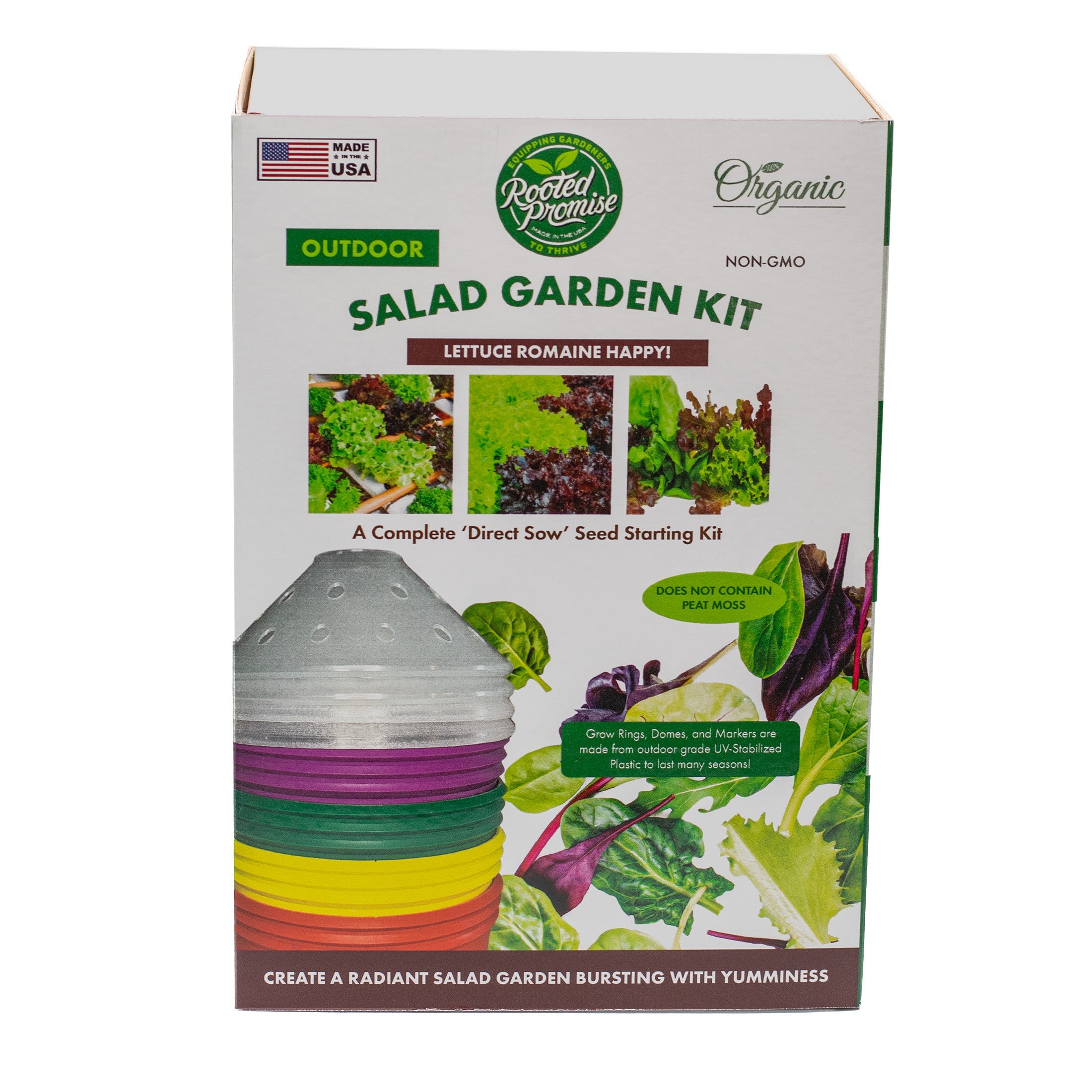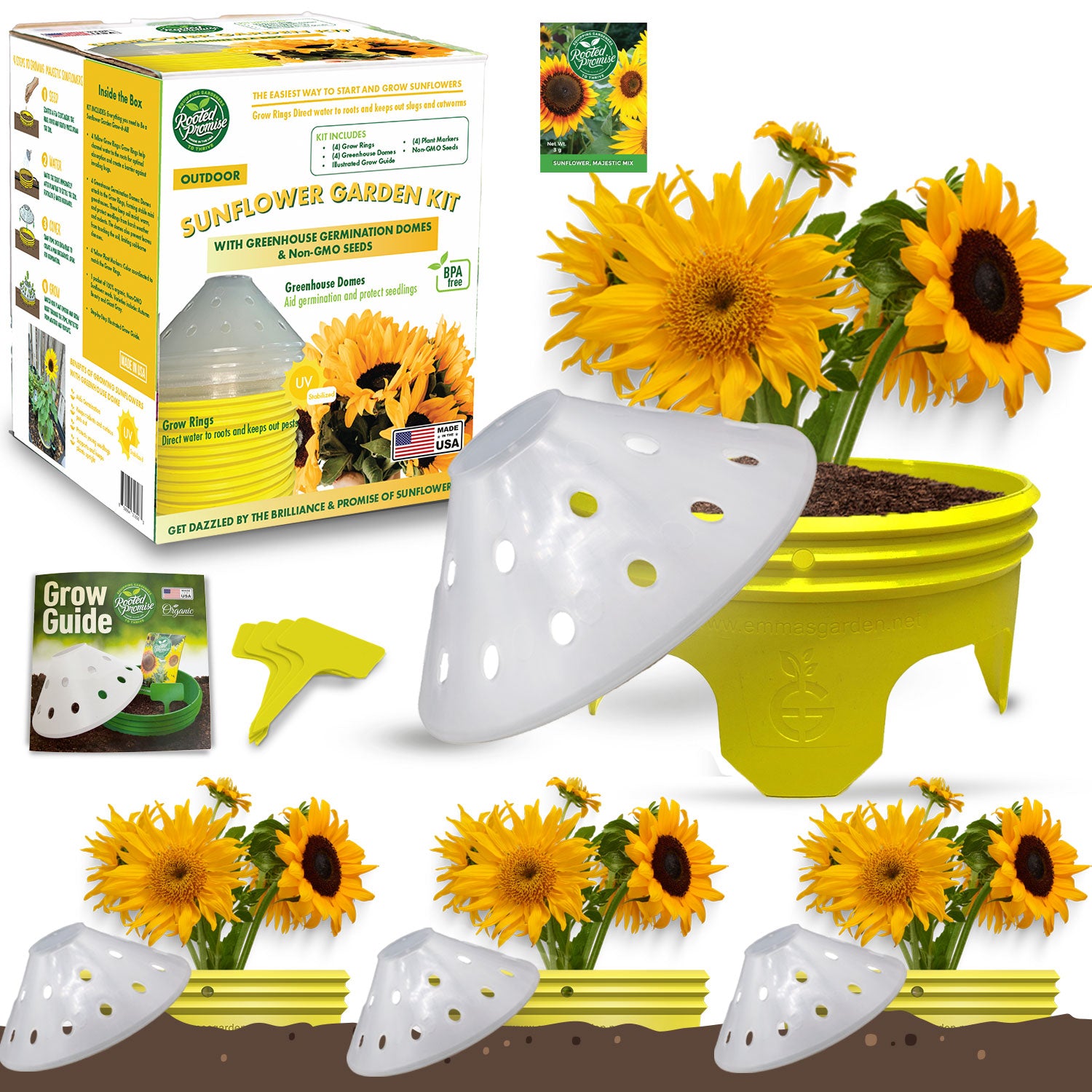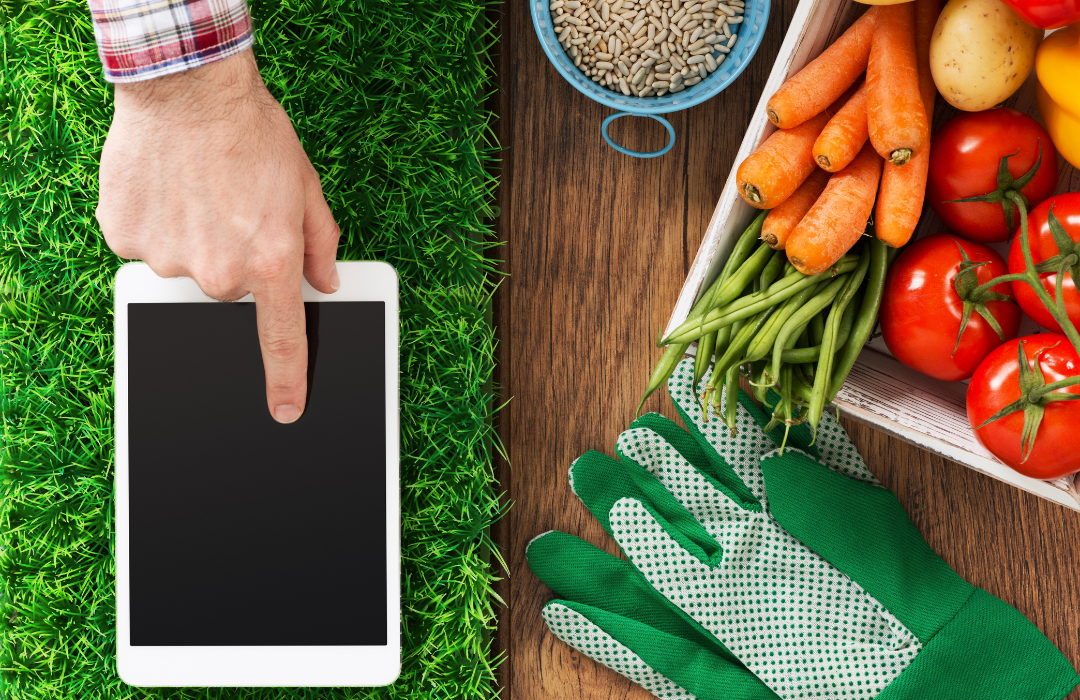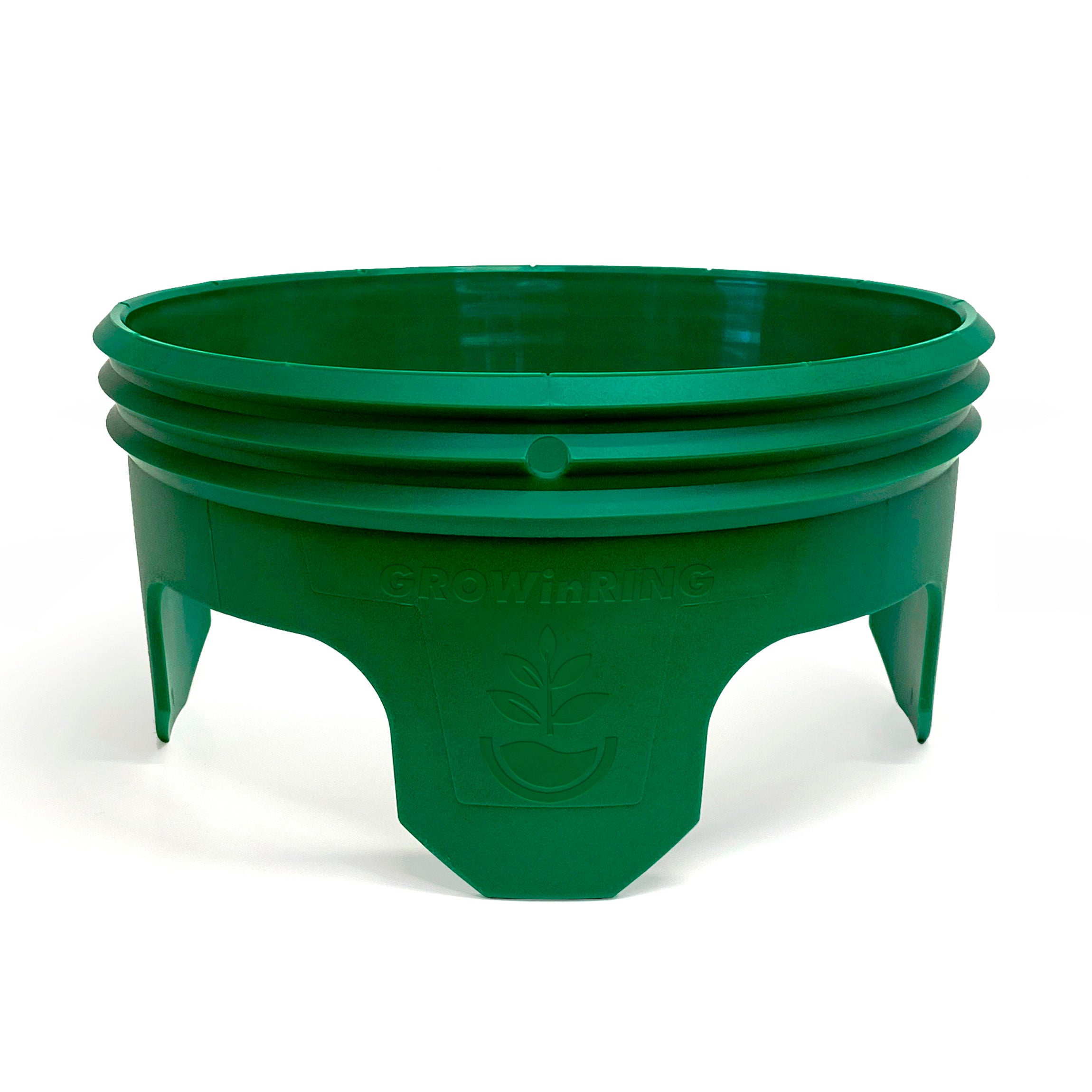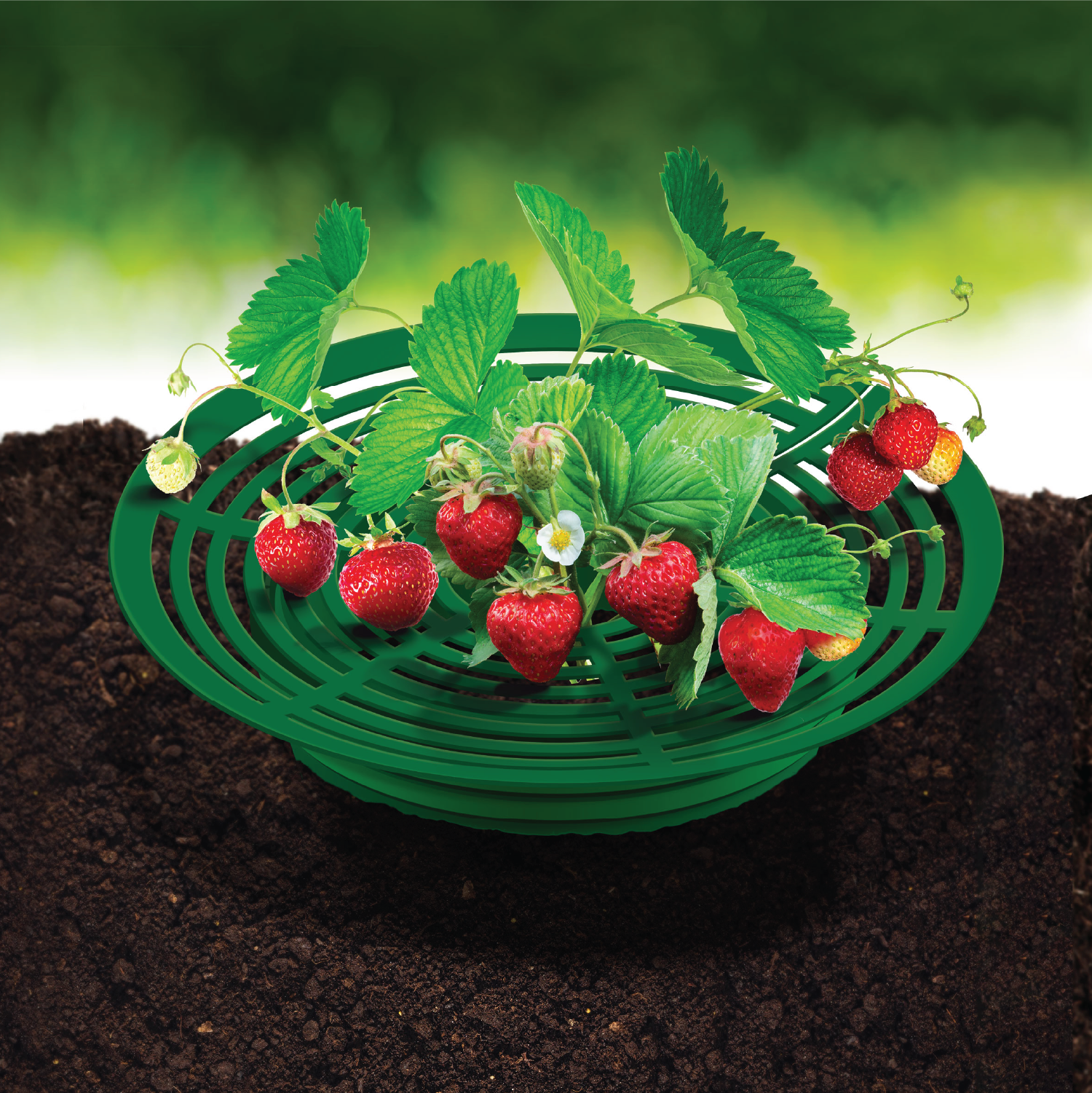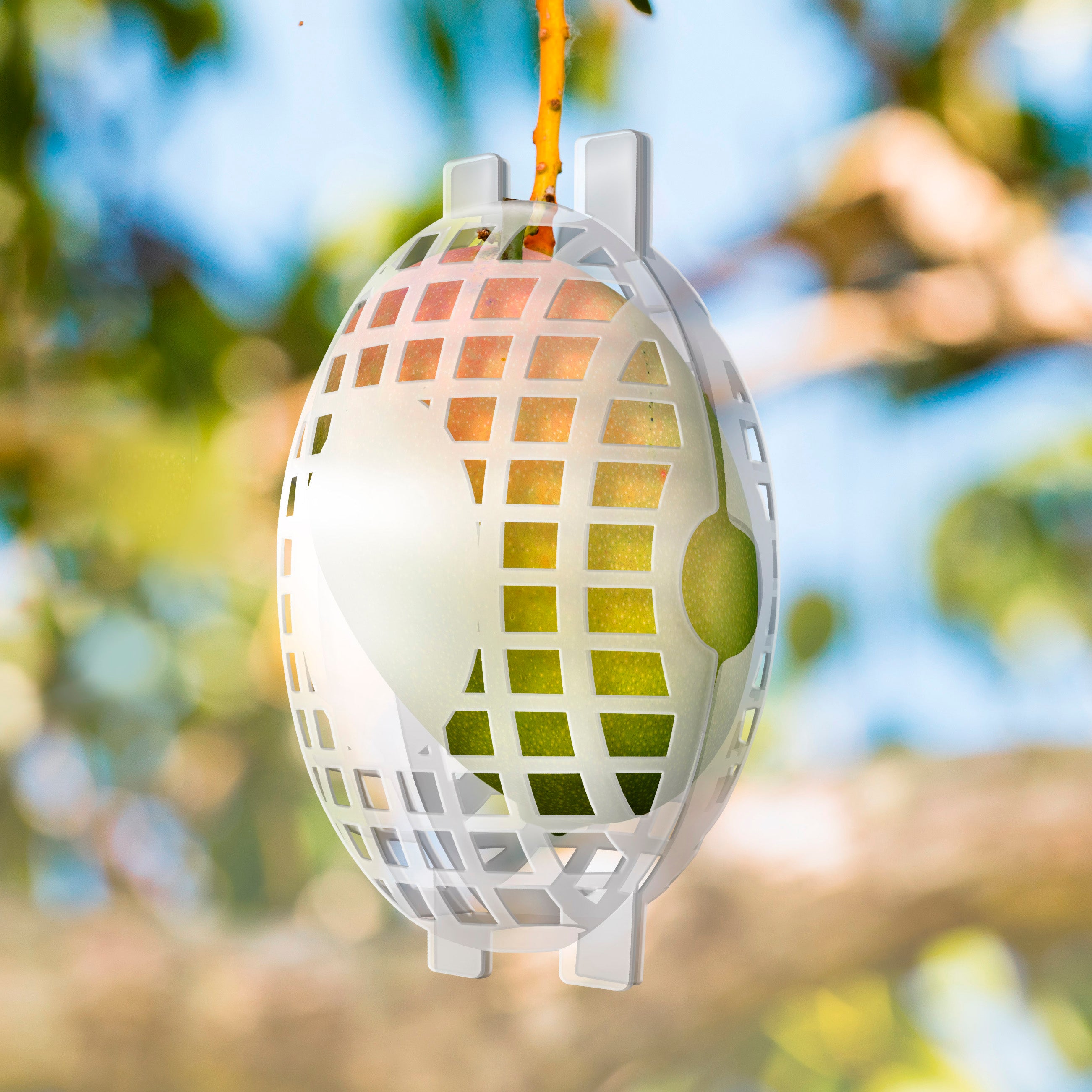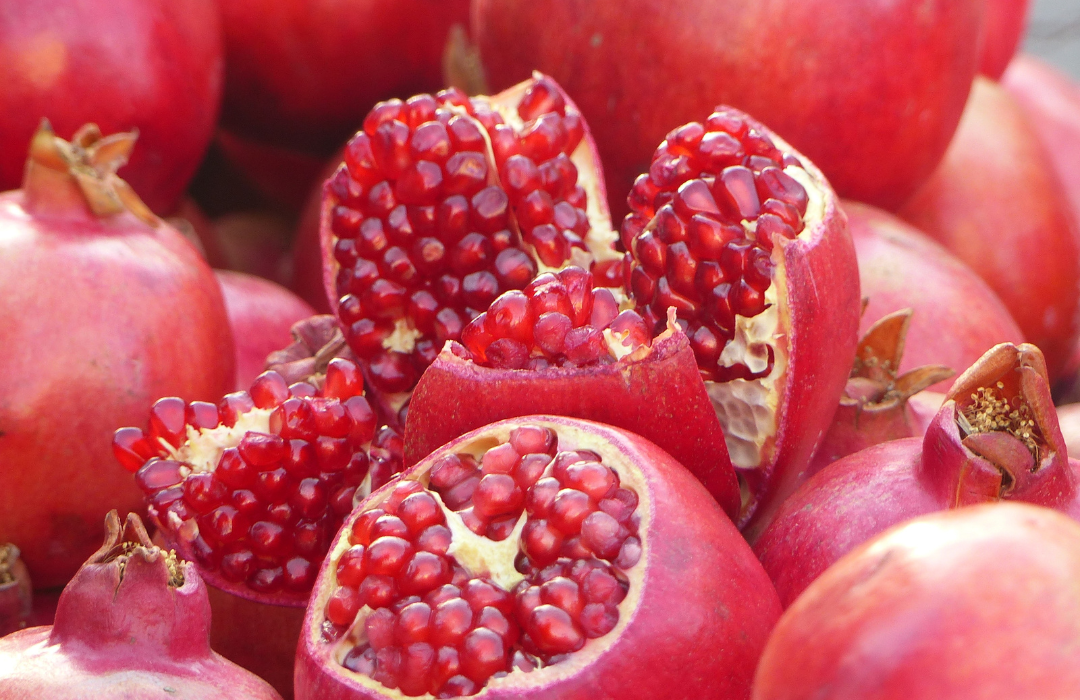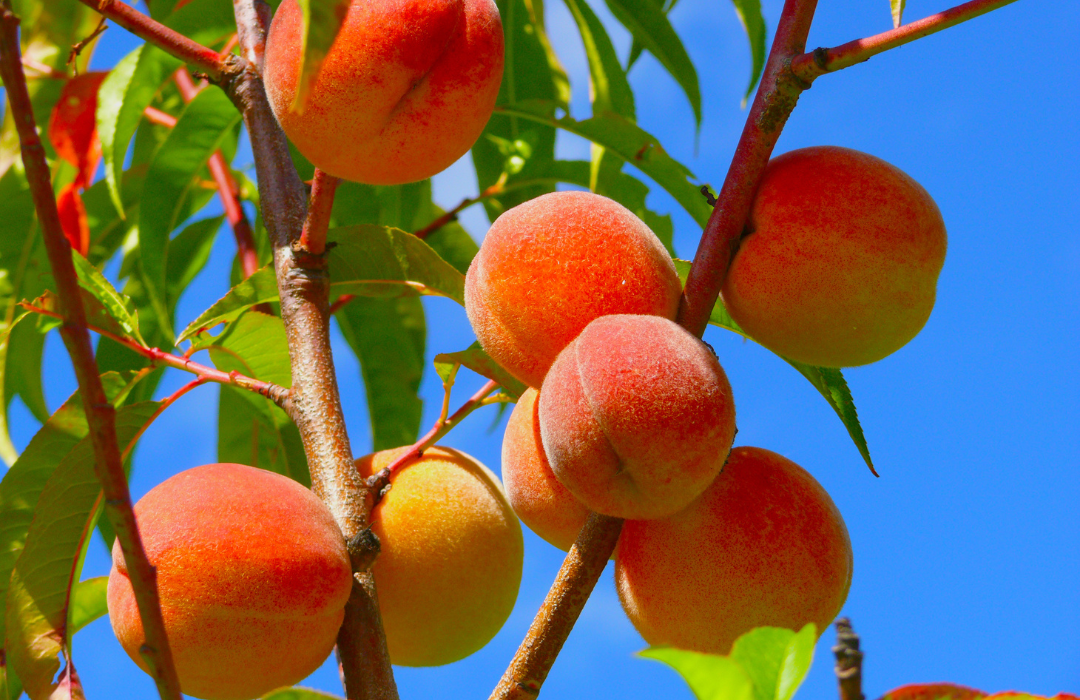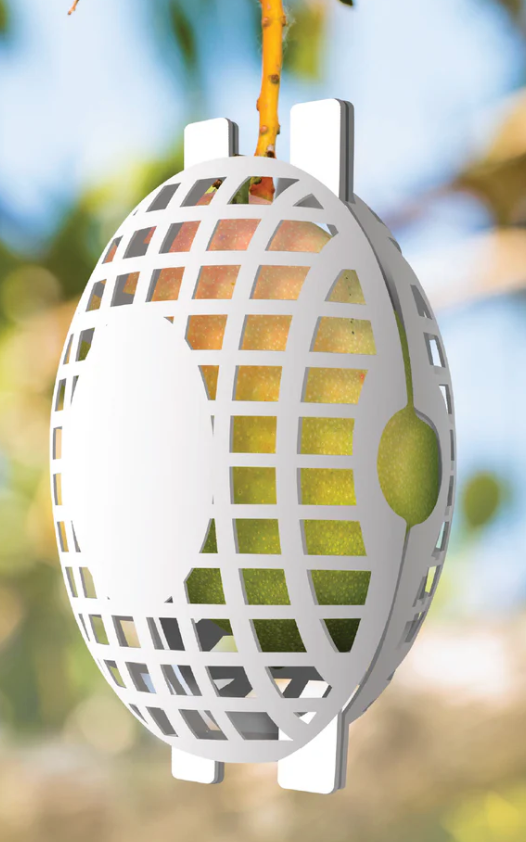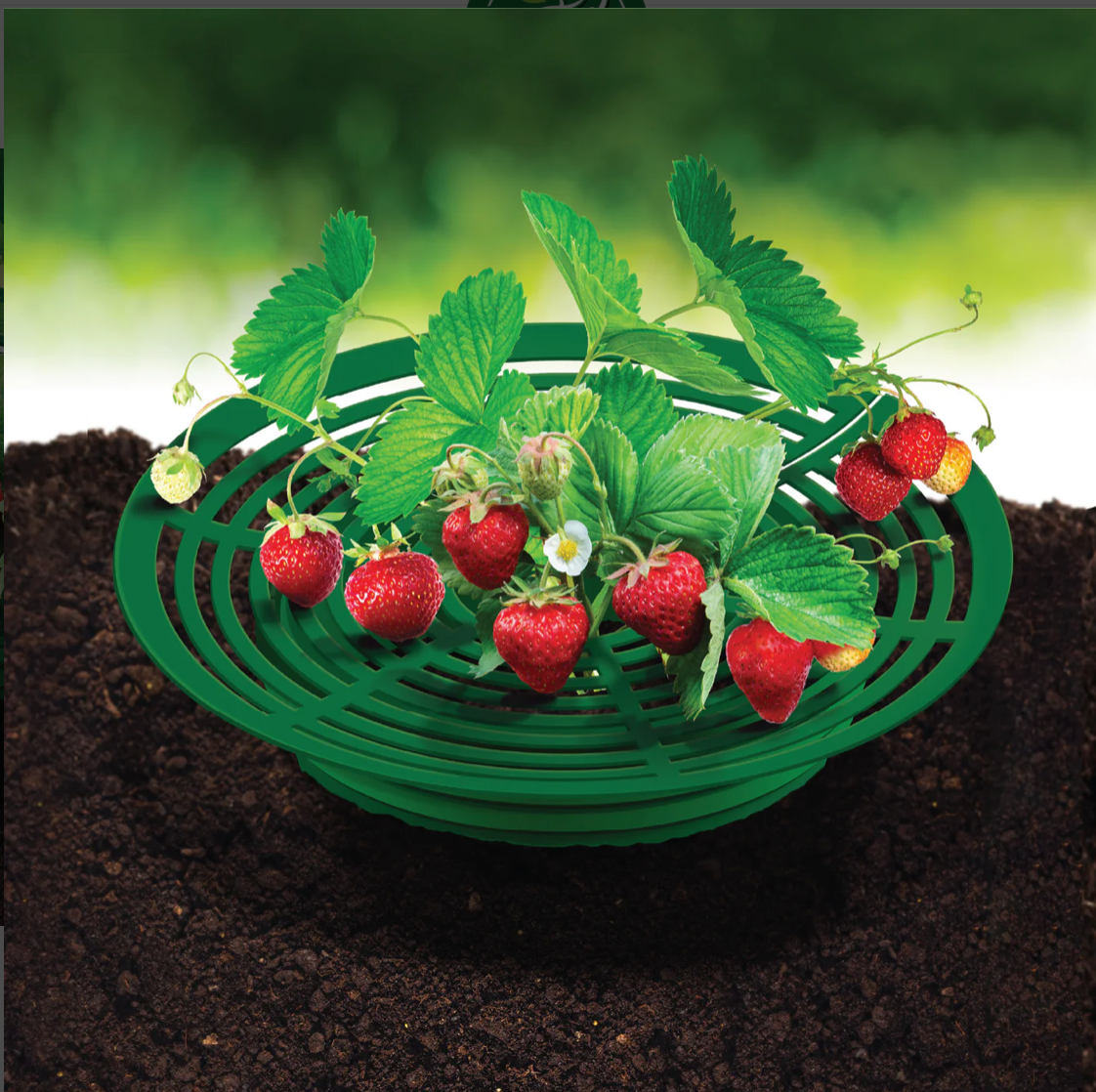Introduction
Gardening has always been about nurturing plants and connecting with nature, but technology is making it easier than ever to care for your garden. Smart garden systems and gardening apps are transforming plant care by automating tasks like watering and lighting, while offering valuable insights to help plants thrive. These innovations are especially appealing for busy individuals or anyone looking for a low-maintenance way to enjoy fresh plants.
What Are Smart Garden Systems?
Smart garden systems use advanced sensors and automated features to take the guesswork out of gardening. These systems monitor key factors like soil moisture, light levels, and temperature, then make real-time adjustments to keep plants healthy. Many smart gardens also connect to apps, giving users the ability to control and monitor their garden from anywhere.
Some popular smart garden features include:
- Automated Watering: Sensors measure soil moisture and deliver water only when needed, preventing overwatering.
- Adjustable Lighting: LED grow lights automatically adjust to provide the ideal amount of light for indoor plants.
- Nutrient Monitoring: Some systems can even alert users when it’s time to add fertilizer or nutrients.
Whether you’re growing herbs on your countertop or managing a larger garden space, smart garden systems simplify the process while ensuring plants get exactly what they need.
Why Are Smart Gardens Trending?
Smart gardening is gaining popularity for good reason. These systems offer a convenient solution for anyone who loves plants but struggles with time or plant care knowledge. Here are a few reasons why they’re trending:
-
Low-Maintenance Gardening
Automated features make it easy to care for plants, even for those with hectic schedules. For instance, a smart garden might water your plants while you’re on vacation or remind you to prune at the right time. -
Precision and Efficiency
By using real-time data, smart gardens ensure plants get exactly the right amount of water, light, and nutrients. This precision helps reduce waste and supports healthier, more productive plants. -
Accessibility
Gardening apps provide step-by-step guidance for beginners, making plant care less intimidating. Many apps also include plant identification tools and pest control tips. -
Sustainability
These systems often promote sustainable practices, such as conserving water and energy. Some smart gardens even recycle unused water, making them an eco-friendly choice.
How Gardening Apps Enhance the Experience
In addition to smart garden systems, gardening apps are a valuable tool for plant enthusiasts. These apps work as personal gardening assistants, offering reminders, care guides, and even community forums for advice. Here’s how they can make your gardening journey smoother:
- Plant Tracking: Keep tabs on all your plants, with custom care schedules and progress tracking.
- Pest and Disease Identification: Upload photos of your plants, and the app can help diagnose issues and suggest solutions.
- Garden Planning: Some apps assist with planning garden layouts, selecting plants based on your location, and optimizing planting schedules.
The Benefits of Smart Gardens and Apps
These technological advancements are about more than convenience—they help gardeners succeed by making plant care more accessible, precise, and enjoyable. Whether you’re growing herbs for cooking or cultivating a lush backyard garden, smart systems and apps ensure you can enjoy the benefits of gardening without the stress of constant monitoring.
Conclusion
Smart gardens and gardening apps represent the perfect blend of technology and nature. They make plant care accessible to beginners, convenient for busy individuals, and efficient for everyone. Whether you’re looking to automate watering, fine-tune lighting, or learn more about your plants, these tools can help you grow smarter and enjoy the rewards of a thriving garden. Dive into the world of smart gardening and see how technology can elevate your plant care routine.

